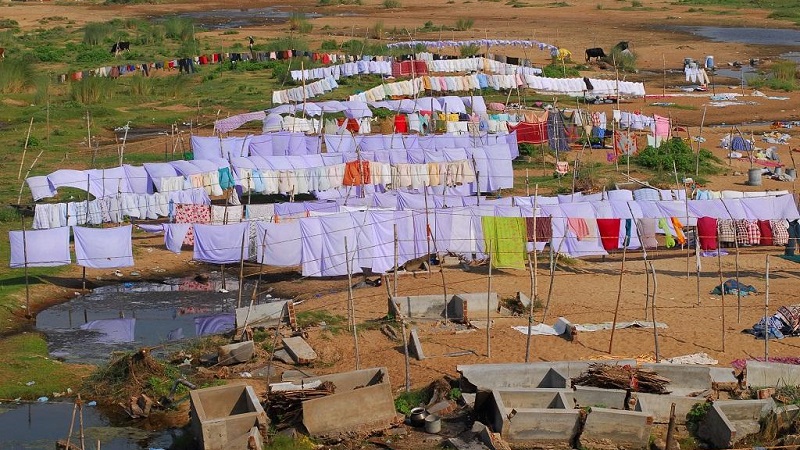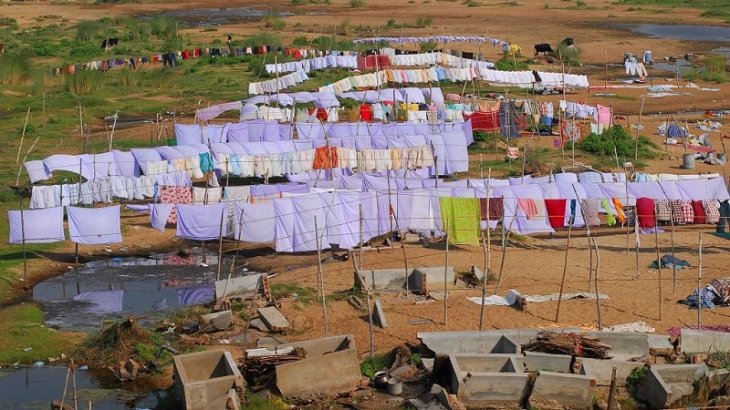IIT-Kharagpur Researchers Use Wet Textiles To Generate Power
Harin - Sep 19, 2019

IIT-Kharagpur researchers have come up with a way to generate electricity from clothes that are dried in the natural ambiance.
- Delhi Is The World’s Most Polluted Capital City For Three Years In A Row
- Indian Farmers Install High-Tech, Night-Vision CCTV Cameras To Protect Themselves
- Looking For The Best Electric Bike In India 2021? Take A Look At These
IIT-Kharagpur researchers have come up with a way to generate electricity from clothes that are dried in the natural ambiance.
Lead researcher of the project and professor at the Mechanical Engineering Department, Suman Chakraborty, explained,

To demonstrate the entire process, the researchers used around 50 pieces of clothes with 3,000 square meters in surface area. These clothes were being dried by washerman in tandem in a remote village.

In around 24 hours, the researchers could charge up to about 10 Volt, which is enough for a white LED to glow for more than 1 hour.
This innovation demonstrates that by using cellulose-based wet textile which is normally dried in a natural atmosphere, we can address remote areas’ essential power requirements, especially for the underprivileged community.
The electricity generation, when compared to other existing methods of harvesting energy from complex resources, happens in the natural ambiance. Moreover, while artificially-engineered power generation devices need external pumping resources, this method uses the fabric’s intrinsic surface energy to drive the current.
With a dry and hot environment like India’s, the natural evaporation is enhanced, meaning that the flow-induced electrical potential gets to be maximized. Therefore, the device might potentially be effective in regions that are warm and dry.
Chakraborty also explained that the electricity generation could be massively up-scaled by systematically drying clothes under the sunlight. This will eventually result in a low-cost utilitarian paradigm of power harvesting in rural settings.
Featured Stories

Features - Jul 01, 2025
What Are The Fastest Passenger Vehicles Ever Created?

Features - Jun 25, 2025
Japan Hydrogen Breakthrough: Scientists Crack the Clean Energy Code with...

ICT News - Jun 25, 2025
AI Intimidation Tactics: CEOs Turn Flawed Technology Into Employee Fear Machine

Review - Jun 25, 2025
Windows 11 Problems: Is Microsoft's "Best" OS Actually Getting Worse?

Features - Jun 22, 2025
Telegram Founder Pavel Durov Plans to Split $14 Billion Fortune Among 106 Children

ICT News - Jun 22, 2025
Neuralink Telepathy Chip Enables Quadriplegic Rob Greiner to Control Games with...

Features - Jun 21, 2025
This Over $100 Bottle Has Nothing But Fresh Air Inside

Features - Jun 18, 2025
Best Mobile VPN Apps for Gaming 2025: Complete Guide

Features - Jun 18, 2025
A Math Formula Tells Us How Long Everything Will Live

Features - Jun 16, 2025
Comments
Sort by Newest | Popular